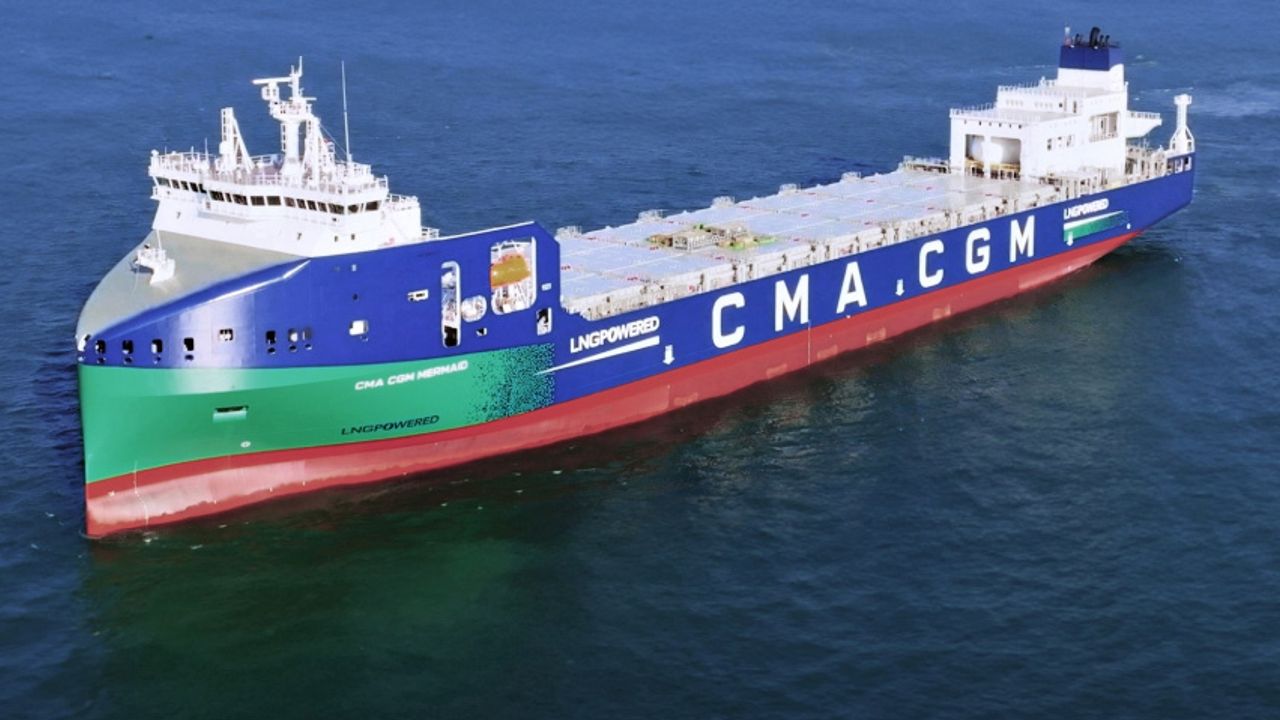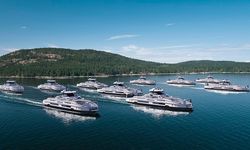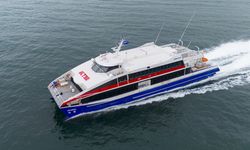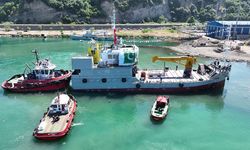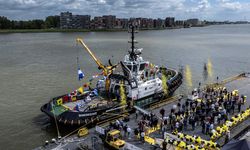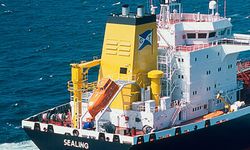This delivery is part of CMA CGM's fleet renewal program, in which the Group has invested more than $15 billion. It brings the Group one step closer to meeting its objective of Net Zero Carbon by 2050. By 2028, nearly 120 ships will be powered by low-carbon energies.
A new generation of container ships, the result of cooperation between industry players. These ships, with a different line and architecture from conventional container ships, were designed in close collaboration with Chantiers de l'Atlantique, a French company located in Saint-Nazaire and globally recognized for its ship design and construction expertise.
The Danish engineering firm Odense Marine Technique (OMT) further converted the concept into an industrial prototype
Hyundai builds Mermaid
CMA CGM entrusted the construction of the ships to Hyundai Mipo Dockyard (HMD), located in South Korea. Number one in the world for performance, the shipyard manages every stage of container ship assembly.
Finally, GTT, a French company and expert in technologies for the maritime transport and storage of liquefied natural gas, worked closely on the project for the design and conception of the gas chain and storage tank with total capacity of 1,053 m3.
This close collaboration between the shipowner, engineering firm, equipment supplier, and world-renowned manufacturer has has provided a concrete response to the need for innovation in naval architecture and has given rise to a new model of container ship, with profoundly renewed profile and technical characteristics.
Determined to optimize energy efficiency in all its activities, CMA CGM decided to resize this new series of ships. One of the original characteristics of the design is the ratio of 204.29 m long to 29.6 m wide to improve the ships’ hydrodynamic and aerodynamic performance.
They are also the first ships in the CMA CGM fleet with superstructures at the front. Thus, placed at the front, the bridge and accommodations ensure better aerodynamic performance and higher loading capacity compared to a conventional architecture.
A new, almost inverted straight bow with an integrated bow bulb also offers better hydrodynamic performance to reduce fuel consumption by 15% per trip.
